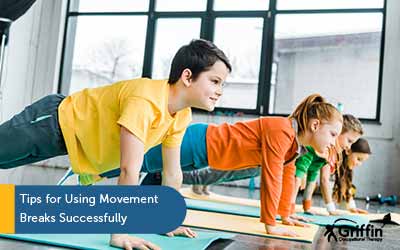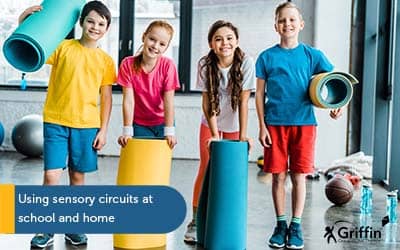Let’s explore sensory regulation
Sensory regulation, self-regulation and emotional regulation are terms used by therapists when talking about children. These terms relate to the child’s ability to increase and decrease their alertness, or level of arousal, to match the situation or environment. This is an important skill for children to learn. In this post we will
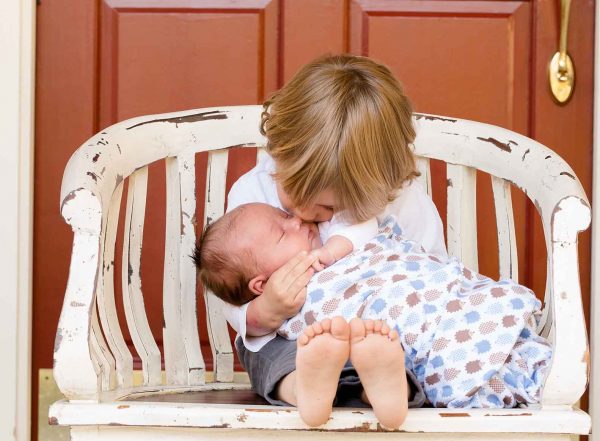
Let’s explore sensory regulation
Sensory regulation, self-regulation and emotional regulation are terms used by therapists when talking about children. These terms relate to the child’s ability to increase and decrease their alertness, or level of arousal, to match the situation or environment. This is an important skill for children to learn. In this post we will
What is Regulation?
Before going any further we need to define a few terms. It is important to define these terms as they helps to explain regulation.
Arousal
Arousal is the level of alertness in the body. It ranges from low, or asleep, too high, or highly stressed. Different activities and environments require different levels of arousal. And different environments and activities can change our arousal. Kim explores arousal in further depth in this post.
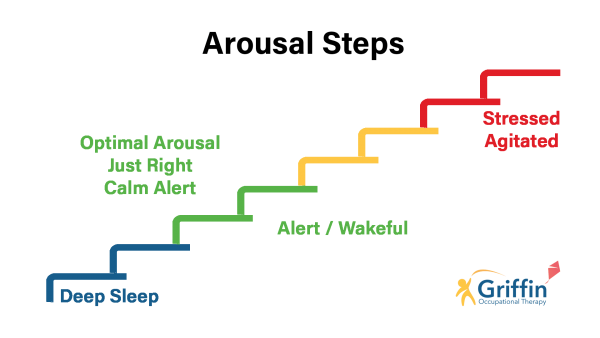
Optimal arousal
Optimal arousal is the level of arousal which matches the environment and activity. Sometimes it’s called ‘Just Right.’ At night time, optimal arousal is low enough to facilitate sleep. At school, optimal arousal is when a student can focus and attended. In the playground or at a party, it’s normal for optimal arousal to be a bit higher as there’s more movement and usually excitement.
Regulation
Regulation is the ability to change arousal to match the environment and the activity. Essentially it’s the ability to adjust to an optimal level of arousal. Throughout the day the brain and body are constantly doing things to increase and decrease arousal levels in an effort to regulate. Sometimes it’s called self-soothing.
Some children (and adults) have more difficulty regulating themselves than others. This could include difficulty with sensory regulation and/or emotional regulation. Difficulty with regulation is often reported in autism, ADHD and attachment disorders.
Dysregulated
Dysregulated is the opposite of regulated. So, it is when an individual is not in an optimal state. What is important to remember is that this doesn’t always mean that their arousal is too high. Often we think of dysregulation as angry or out of control behaviour. It’s important to remember an individual may freeze or dissociate. These responses are also indicators of dysregulation.
Listen to Kim speak about arousal and self regulation on the SENDCast
Optimal arousal is the level of arousal which matches the environment and activity. Sometimes it’s called ‘Just right arousal.’
How does regulation develop?
The ability to regulate starts to develop when we are a baby. Long before we can self-regulate we need help from our caregivers. When babies start to show distress, their caregivers swaddle, carry, rock and feed them. Caregivers should provide what is required to help the baby to organise their arousal. As these needs are met the infant learns patterns and rhythms. They learn that when they hear mum or dad’s footsteps, help is on the way.
Regulation develops over time and with experience. Each time a child experiences dysregulation and is able to regulate, they strengthen their ability to do this and they get to know what strategies help them. This process starts with co-regulation.
Co-regulation
Co-regulation is when someone else helps another individual to regulate. We usually think of adults helping children. However, adults help adults all the time. Think about when a friend or family member was upset and you gave them a hug. Or, a time when they were angry and you listened. One unique feature of mammals is that we frequently co-regulate. You will see a mother cat co-regulate its kitten through licking, but you would never observe reptiles such as snakes or crocodiles doing this with their babies!
Toddlers need huge amounts of support from their caregivers to regulate and self-soothe. Whilst they are starting to be more a bit independent, the regulation centres of their brain are still developing. Sarah Ockwell Smith suggests that it isn’t until after a child’s fifth birthday that their brain is developmentally mature enough for them to start to self-soothe or self-regulate. Parents of teenagers would also argue that hormones severely disrupt this skill.
Regulation with the help of caregivers is what teaches children to self-regulate as they get older. They learn what they experience. Co-regulation helps them to develop the brain networks and strategies they need to self-regulate.
Self-regulation
Self-regulation is the ability to stay regulated without the help of others. It is the ability to use your own strategies to either calm down or energise. Some individuals need more help to learn how to self-regulate than others. Often individuals with ADHD and ASD need more support to learn to self-regulate. Sensory regulation strategies can help with self-regulation. As can cognitive strategies. We will explore these further below.
Emotional regulation
Emotional regulation refers to the ability to regulate our emotions. Toddlers and teenagers find this difficult. For toddlers this is because they haven’t yet established the language and brain connections to enable them to regulate their emotions. Teenagers find this more difficult as their hormones and brain connections and changing. They need time to get used to these changes.
Neurologically the front part of our cortex (our frontal lobe) is responsible for emotional regulation. The connections to this part of the brain continue to develop into adulthood. The ability to regulate emotions improves as these connections strengthen. Again, some individuals, including those with autism, need more support to develop these connections.
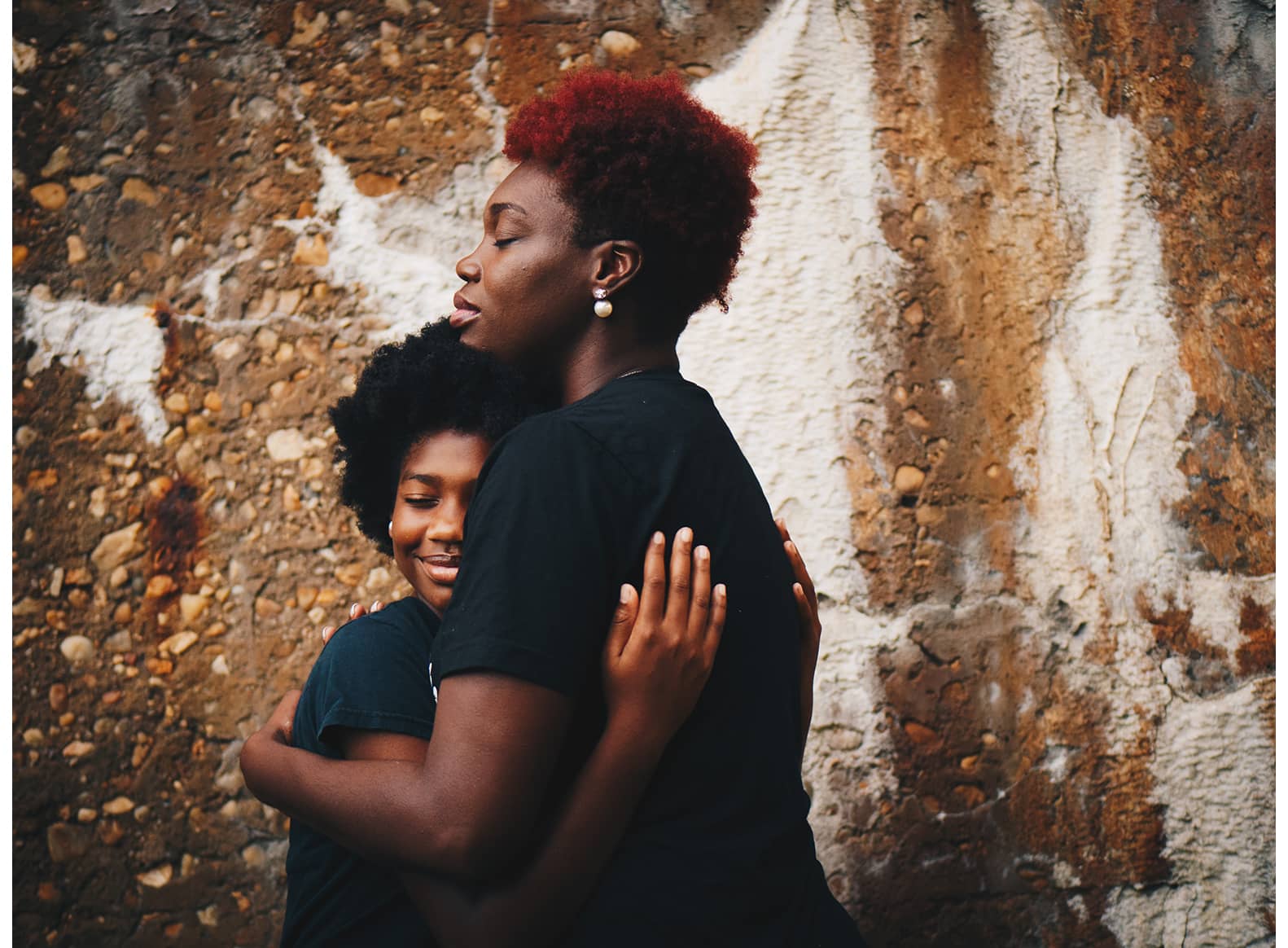
What about sensory regulation strategies?
Sensory regulation strategies are strategies which use the senses to help with regulation. These are often used to support autistic individuals and those who experience sensory processing differences. But in reality, they can be helpful for everyone.
The goal when using sensory regulation strategies is to help the individual to regulate. They are often using the sensory strategy alongside them, so to support co-regulation, initially. The longer term goal would be that they could self-regulate using the strategy.
Sometimes the individual may need to increase their arousal level. This would mean using a sensory regulation strategy that would make them more alert.
Alternatively, sometimes they may need to decrease their arousal level. So, they will need a sensory regulation strategy to helm them to calm down.
What are some examples of sensory regulation strategies?
I will break this section into two parts. Firstly, I will give strategies that can help to increase arousal. Secondly, I will look at ideas to help to calm down. If you want to read more about sensory strategies you could also read this article.
Sensory regulation strategies to help to increase arousal (or alert)
Sensory regulation strategies to help to decrease arousal (or calm)
There is no one size fits for sensory regulation strategies. Every individual is different. Different strategies help different individuals.
Which sensory regulation strategy is best?
There is no ‘one size fits all’ when it comes to sensory regulation strategies. Every individual is different. Everyone has access to different resources. This means that the sensory strategies will be unique to that individual.
You will need to explore what works for them. You may not always get it right first time. But, try things and monitor the effect they have. Some sensory regulation strategies will increase arousal. Others will lower it. It’s important to find the right mix for each individual. If you want a deeper understanding of how to monitor sensory strategies we would recommend Level 2 and 3 of our online sensory training.
Does it always have to be a sensory regulation strategy?
Absolutely not! As occupational therapists we do focus on sensory a lot. However, there are so many things other that can help with regulation. It doesn’t always have to be a sensory regulation strategy.
For some it might be that talking helps them to calm down. Sometimes crying or laughing really helps. It might be having a drink or eating some food. Breathing can be really helpful. Sometimes just walking away, or moving to a different space or being with a different adult can help.
In addition, there are many cognitive strategies that can be used. By ‘cognitive strategy’ we mean something that relies more on thinking rather than moving or the senses. Examples include
Anxiety
For children who are more worried or anxious and trying to self regulate due to this, it could also be helpful to use strategies suggested for anxiety. We do not have any specific information on anxiety on our site but recommend the Young Minds website. They have an article on supporting children with anxiety here. These strategies would be more applicable to children ages four and up.
In conclusion
Sensory strategies can be a useful additional to your toolbox when supporting individuals with regulation. You just need to remember that there is no one size fits all. If you need more support to know what strategies are the most suitable for your child, an occupational therapist can provide further advice.
Where to next?
If you really want to increase your knowledge, Kim explores supporting sensory regulation in our online training. Kim’s book Success with Sensory Supports is also a great resource to up your sensory game.
We would recommend reading The Mystery of Heavy Work for additional strategies to help with regulation.
If you child frequently puts items in their mouth, you may be interested in Oral Sensory Seeking – Why is my Child Still Putting Things in Their Mouth?

